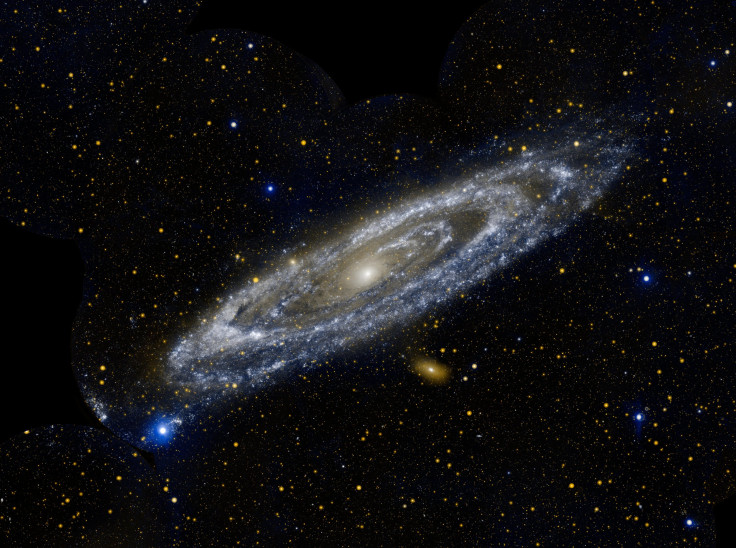How To Spot The Andromeda Galaxy In The Sky

KEY POINTS
- The Andromeda Galaxy is visible to the human eye
- The galaxy is located near two constellations, Cassiopeia and Andromeda
- Andromeda Galaxy is predicted to collide with the Milky Way Galaxy in about 4.5 billion years
The Andromeda Galaxy, which is currently on a gradual collision course with the Milky Way Galaxy, can be spotted in the sky. It is one of the brightest astronomical objects visible to the human eye.
Andromeda is Milky Way’s closest major neighboring galaxy. It lies about 2.5 million light-years from Earth. From the planet’s perspective, Andromeda has a magnitude of 3.4, which means it is bright enough to appear in the sky.
This massive galaxy can be easily spotted from Earth during moonless nights. For those in the Northern Hemisphere, the galaxy usually appears in the northeast portion of the sky. Those looking to catch the galaxy may do so by tracing the positions of certain constellations.
The easiest way to spot the Andromeda Galaxy is by finding the constellation Cassiopeia, which forms an M- or W-shaped pattern in the sky, EarthSky reported. Slightly below Cassiopeia is the Andromeda constellation. Below these two constellations is the Andromeda Galaxy.
The galaxy can also be spotted by finding the Great Square, which is located within the Pegasus constellation. From one of the square’s corners, which is the star known as Alpheratz, the Andromeda constellation appears as two lines of stars. The stars within these lines point to the Andromeda Galaxy.
When viewed from Earth, the Andromeda Galaxy appears as a large fuzzy patch. Although it usually appears bigger than a full moon, the galaxy is fainter and more subtle.
Since its visibility might be affected by the brightness of the Moon or the surrounding lights, it would be best to try viewing Andromeda from a dark location. Although it's visible to the human eye, using a pair of binoculars would provide a better view of the galaxy.
For years, scientists have been studying and observing the Andromeda Galaxy to learn about the evolution of galaxies. According to various scientific reports, this massive structure was formed by the collision and merger of multiple small galaxies billions of years ago.
As indicated in recent observations, the Andromeda Galaxy is gradually moving closer to Milky Way. The two galaxies are expected to collide and merge to form a giant elliptical galaxy in about 4.5 billion years.
© Copyright IBTimes 2025. All rights reserved.





















